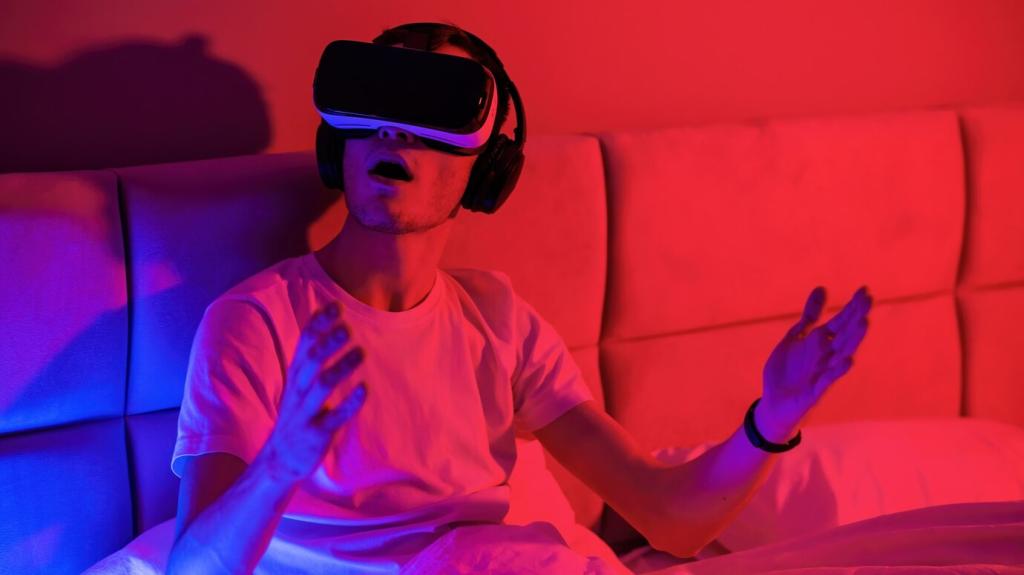Virtual Reality Tools and Technologies Revolutionizing Interior Design
The interior design landscape is undergoing a dramatic transformation thanks to the advancement of virtual reality (VR) tools and technologies. Designers, architects, and homeowners now have opportunities to reimagine and experience interiors before any physical changes take place. This new breed of digital visualization offers unprecedented levels of interactivity, accuracy, and creativity in the design process. Below, we explore the core facets of VR-driven interior design, spotlighting platforms, immersive experiences, and collaborative environments shaping the industry.

Real-Time Room Walkthroughs
VR-enabled real-time walkthroughs transport users directly into their future spaces. By wearing a headset or using an advanced viewing platform, clients can explore every corner of a proposed design as if it already exists. This immediate immersion helps visualize spatial relationships, lighting, and flow, resulting in more confident choices about layout and materials. As a result, costly mistakes and unwelcome surprises are greatly reduced, ensuring the finished project closely matches the initial vision.
Customizable Furniture and Decor Options
The latest VR tools allow users to swap out furniture, colors, and finishes in a virtual environment with exceptional ease. Clients and designers can see in real time how a sofa looks with a new upholstery or how different floor coverings impact the ambiance. This dynamic customization not only streamlines decision making but also unlocks new realms of creativity. What once required multiple samples and laborious revisions can now be tested in a matter of seconds, leading to more inspired and tailored interiors.
Photorealistic Rendering Engines
Advances in photorealistic rendering mean that virtual spaces are no longer abstract or cartoonish. Instead, VR tools now replicate subtle textures, realistic lighting, and authentic shadows, offering lifelike previews of completed projects. This level of accuracy narrows the gap between vision and reality, making it easier for clients to trust and commit to a design direction. The result is a more seamless workflow and a superior end product that truly matches client expectations.
Streamlining Collaboration and Workflow
The rise of cloud-based design platforms has revolutionized remote collaboration in interior design. Project stakeholders can log in from anywhere, review proposals, and provide real-time feedback within the virtual environment. These platforms ensure everyone stays updated on revisions or adjustments, allowing for swift consensus and a more agile workflow. Cloud integration also means that resources and model updates are synchronized, improving the efficiency of project management and record keeping.
Previous
Next
Enhancing Client Engagement and Satisfaction
With immersive VR, clients are invited to become co-creators of their spaces. They can engage directly with layout choices, color palettes, and styling elements, experiencing how each adjustment feels before it’s built. This interactive participation transforms design from a static presentation into a dynamic dialogue, offering clients a sense of agency and ownership. The result is greater confidence in decisions and a finished space that perfectly matches their vision and lifestyle.
